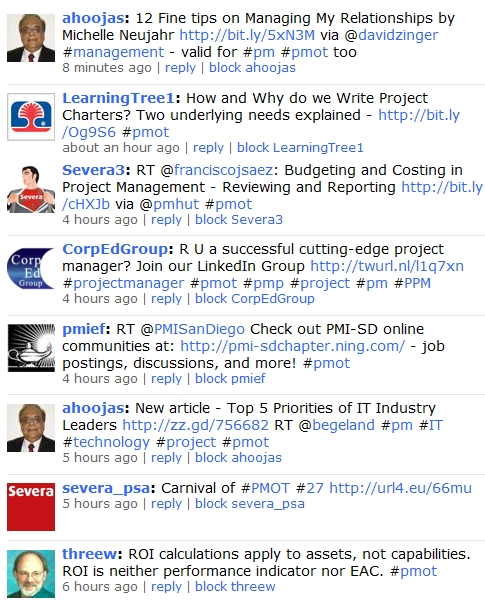Vacations change perspective
It's the high vacation season here in Canada. Since July is the warmest month of the year, it makes sense that most people take time off during that period.
Vacations are good for the body, the mind and the soul. It's not just about resting, vacations give us an opportunity to change the focus of our lives, from our work to something else. A different place to be, different activities, more time with our families.
For me, vacations are also an opportunity to rethink an issue or gain fresh perspective on my projects. Begin out of the office changes how we see things. Sometimes this is what we need to come up with an innovative solution.
Every year, when I leave on vacation, I choose one thing to reflect upon during my vacation. When I come back, I don't always have a solution (epiphanies don't happen upon request, you know), but I always have better understanding.
What will you be thinking about during your vacation?
